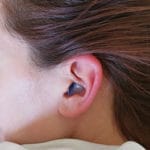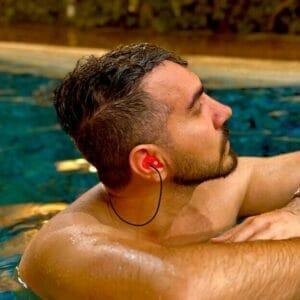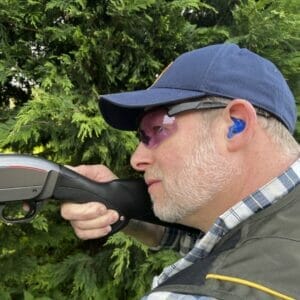The use of hearing protection in the workplace is commonplace. Health and Safety rules in many countries recognise that protection from too much noise is imperative. Without protecting employee’s ears, the work force may develop noise induced hearing loss (NIHL) and conditions such as tinnitus which are known to have serious implications on mental wellbeing.
As such, industries in many countries are regulated in this area, and you will see earplugs supplied in the workplace as part of personal protection equipment (PPE). Many businesses will opt for the standard disposable foam earplugs, which have the cheapest up-front cost, are available in different sizes and colours, and seemingly easy to fit. However, there are a number of negatives to the foamy earplug which we are exploring below, including their environmental impact.

Foamy earplugs – the downside
Foam earplugs tend to be bought in bulk at a cost of around 25p a pair, making them the go-to-choice for many corporations. However, there are however a number of considerations which make them a less attractive proposition compared to other choices on the market.
1. One-time use – they are disposable after all. If you work in shifts with breaks, you’ll be using a minimum of 2 x pairs a day (morning/afternoon shift). If you are using large volumes, there is a hidden longer-term cost when you calculate usage over a period of time. See our cost calculator to compare price of foam plugs to custom moulded protection over a period time
2. Unhygienic – they are made from a material which is not washable or designed to be reused. However, some employees may go against guidelines and decide to use the same pair rather than dispose of them which is unhygienic. Once you get warmth and dirt in the ear, it becomes a breeding ground for bacteria, which can lead to serious ear infections.
3. Not able to clean – linked to the point above, when you try to wash the foam plugs this can cause them to degrade and mean they do not return to their original shape, rendering them ineffective as they will not block out noise correctly
4. Not a friend to the environment – as they are not made from a recyclable material, they end up in the bin and in landfill. If thousands of these are going to landfill daily across the planet, they are impacting on sustainability. Choosing hearing protection which can be reused and/or recycled is the friendly choice to the preservation of our planet. Although we would say that manufacturers such as 3M are developing earplug dispensers which reduced the amount of packaging per pair of plugs.

5. Incorrectly fitted – a foam earplug acts as a blocker which is squeezed into the ear. However, they are generally poorly fitted. Users are too often unaware of how to use these devices effectively as they need to be compressed before fitting. The correct level of compression is important as an incorrectly compressed earplug may give virtually no attenuation, thus extremely limited protection. Correct use requires a high level of training, supervision and motivation. Employers providing this type of protection, and users, need to be aware of these potential problems
Having looked at the downsides of foamy earplugs, it’s important to know what other options are available in order to make a considered choice. We have covered this in depth in another blog post which you can read here, however below are a few options to consider.
Hearing protection – what are the alternatives?
1. Over ear defenders are a popular choice– However, they may not allow for any spatial awareness as they provide a complete noise block. Studies have shown that not being able to hear the radio, workplace alarms or colleagues are reasons for not using hearing protection. If the employee is removing them to hear external sound, they’re not protecting their ears at that moment in time

2. 3M Peltor level dependent earplugs – This device kicks in when the noise level reaches a certain level, allowing the user situational awareness and communication in a noisy environment. For the ultimate comfort and ensured all-day use, add a Snugs custom fit tip
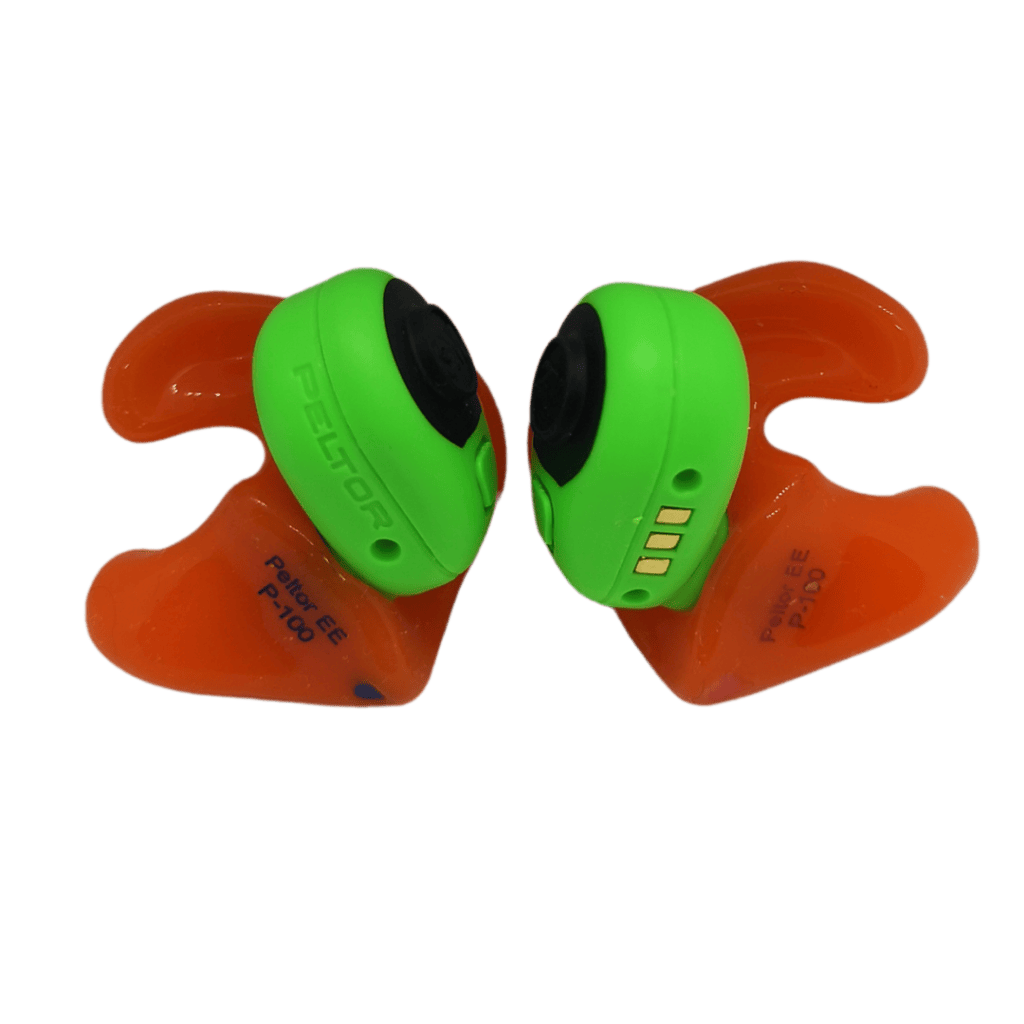
3. Custom moulded hearing protection – designed to fit the individual ear, they offer supreme in-ear comfort and the attenuated filters ensure employees can hear but protect their ears against loud sound. The personalised fit enables the user to wear them all day. SnugsShield hearing protection are fully certified and offer a cost-effective solution for employees. Check out our cost calculator below to see how much savings can be made for your workforce
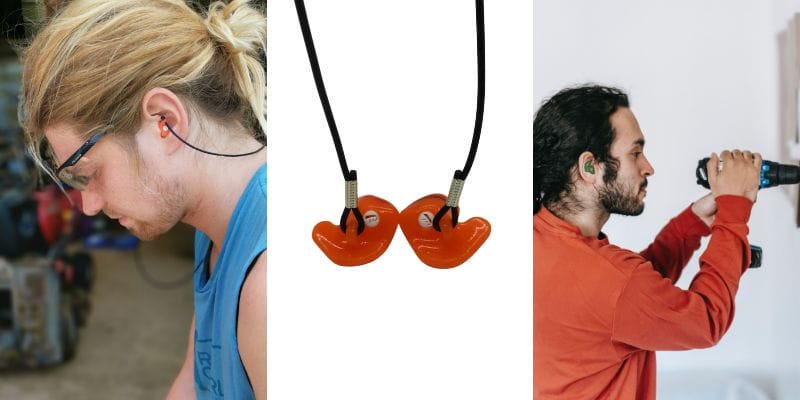
Importantly, all of the above are reuseable, ensuring less waste going to landfill in comparison to foam earplugs. In a world where we need to be conscious of our environmental footprint, choosing PPE which not only has cost benefits in the long term as well as a sustainable choice makes it a no brainer.



